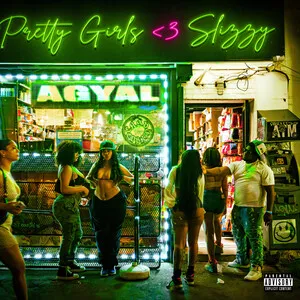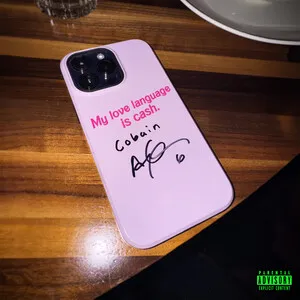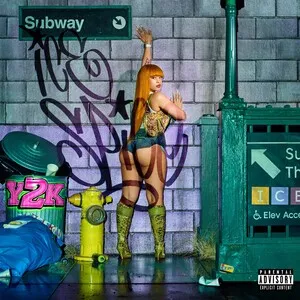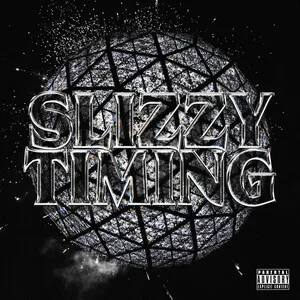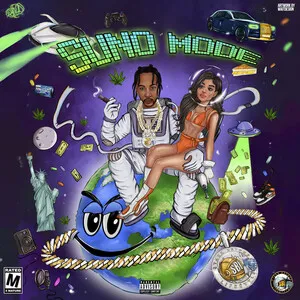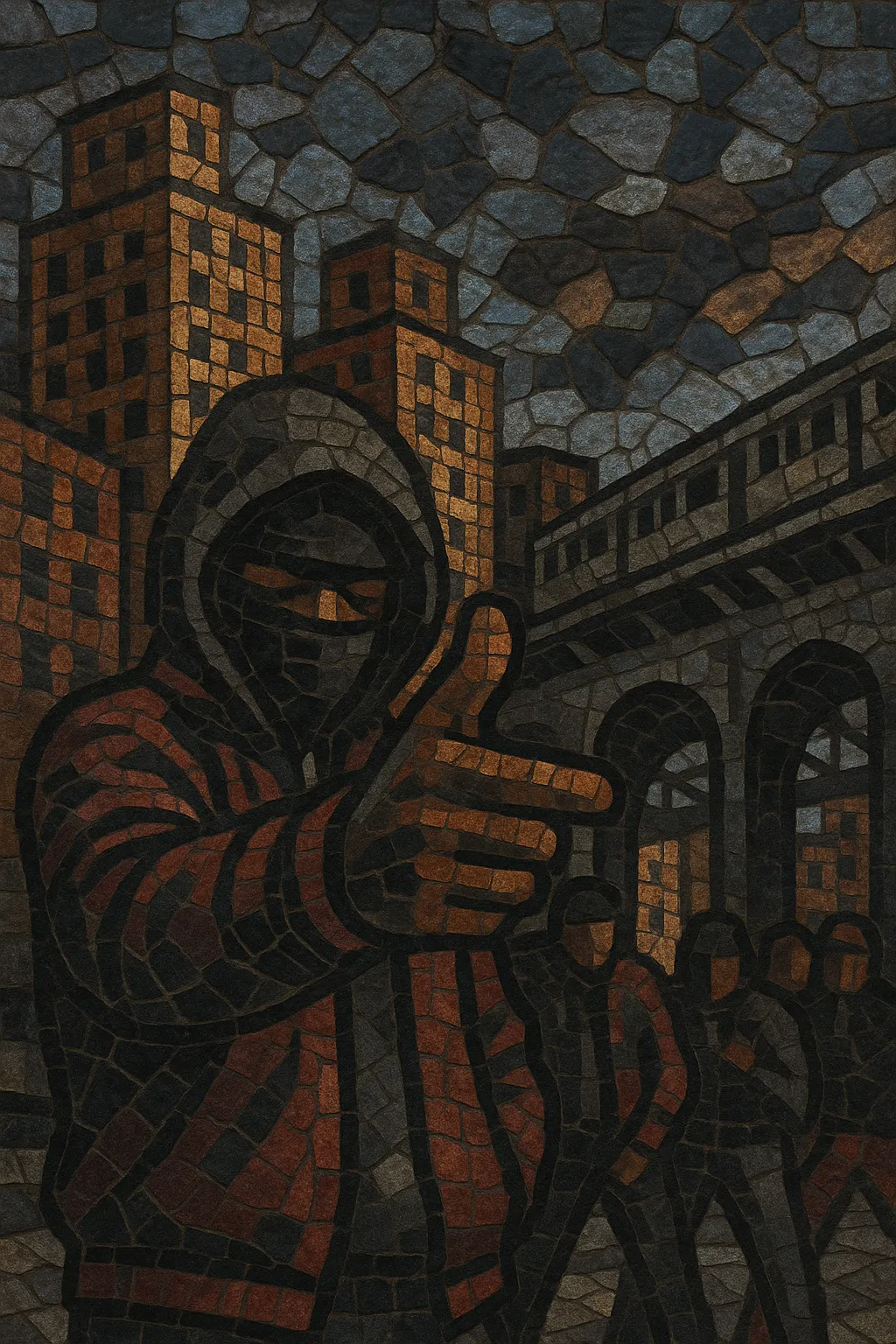
Bronx drill is a borough-specific strain of New York drill that surged in the early 2020s, centered in the Bronx, United States. It keeps the hard-edged, street-reportage DNA of drill but pushes the energy into rowdy, chant-heavy hooks, rapid-fire ad‑libs, and tightly packed verses that often feature back‑and‑forth exchanges between crew members.
A hallmark of Bronx drill is the widespread use of "sample drill" production: recognizable pop, R&B, or early‑2000s hits are pitched up, sped up, and chopped over sliding 808s, skittering hi‑hats, and the syncopated snare placements typical of drill. The result is a striking contrast—bright, nostalgic samples sitting on top of brooding low end and aggressive delivery—creating a sound that is both catchy for virality and uncompromising in attitude.
Bronx drill emerged as a localized branch of the broader New York drill wave—which itself drew on Chicago drill’s street reportage and the UK drill blueprint for rhythms and sound design. As Brooklyn drill broke nationally in the late 2010s, Bronx crews and producers started shaping their own variant, emphasizing posse-style records, terse hooks, and distinctive Bronx slang and ad‑lib cadences.
By 2020–2022, Bronx drill became synonymous with a sample-heavy approach: producers chopped and pitched up classic R&B and pop records, then laid them over sliding 808s and off‑kilter drill drum programming. This juxtaposition—nostalgic melodies with gritty, confrontational bars—proved ideal for social media virality, helping the Bronx scene spread rapidly beyond New York.
Musically, the style retained drill’s minor‑key mood, reese‑style basses, and syncopated percussion, while vocals leaned into call‑and‑response, ad‑libs (often percussive and chant-like), and hook lines designed for crowd participation. Visuals and videos typically highlighted block culture, rapid cuts, and group presence, reinforcing the scene’s collective identity.
Like other drill movements, Bronx drill drew scrutiny due to lyrical content tied to street conflicts, even as its sample-driven sound captured mainstream attention. As the wave grew, artists experimented with more melodic flows and pop-friendly hooks, crossing into radio and streaming playlists while still retaining drill’s rhythmic core.
Bronx drill’s sample-forward approach helped shape subsequent drill substyles and hybrid club/drill crossovers in the Tri‑State area. The borough’s artists and beatmakers continue to refine the balance between catchy, recognizable sampling and the raw intensity that defines drill.


